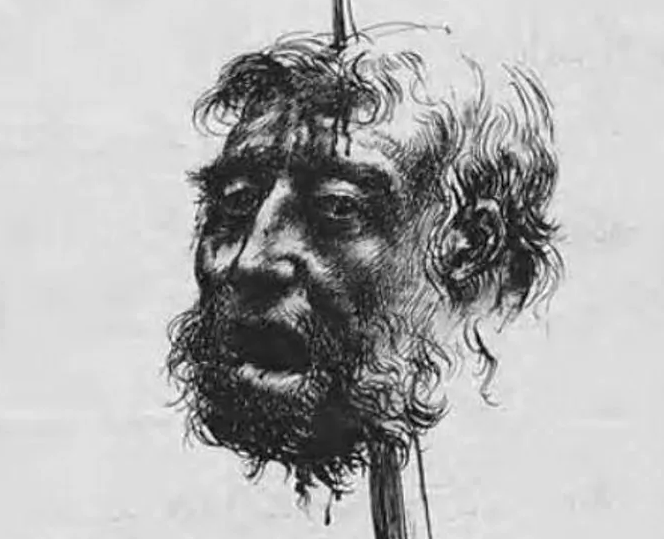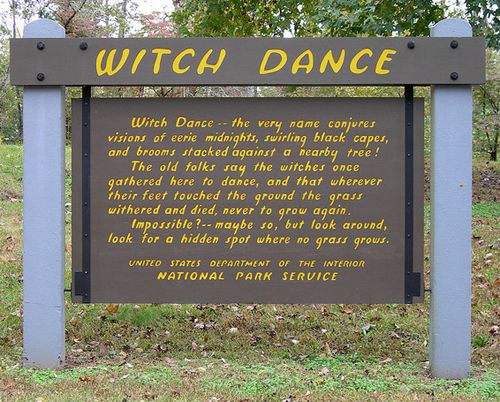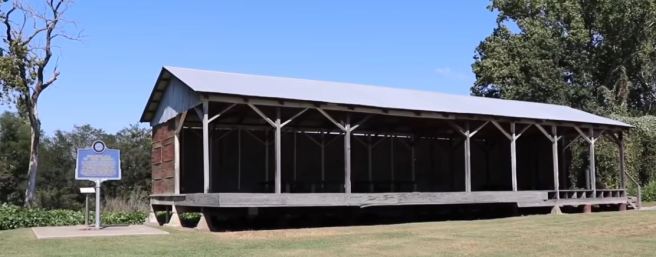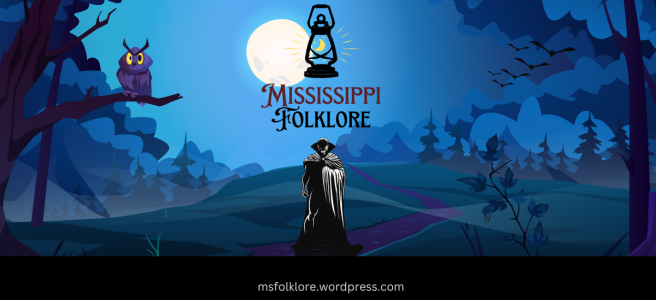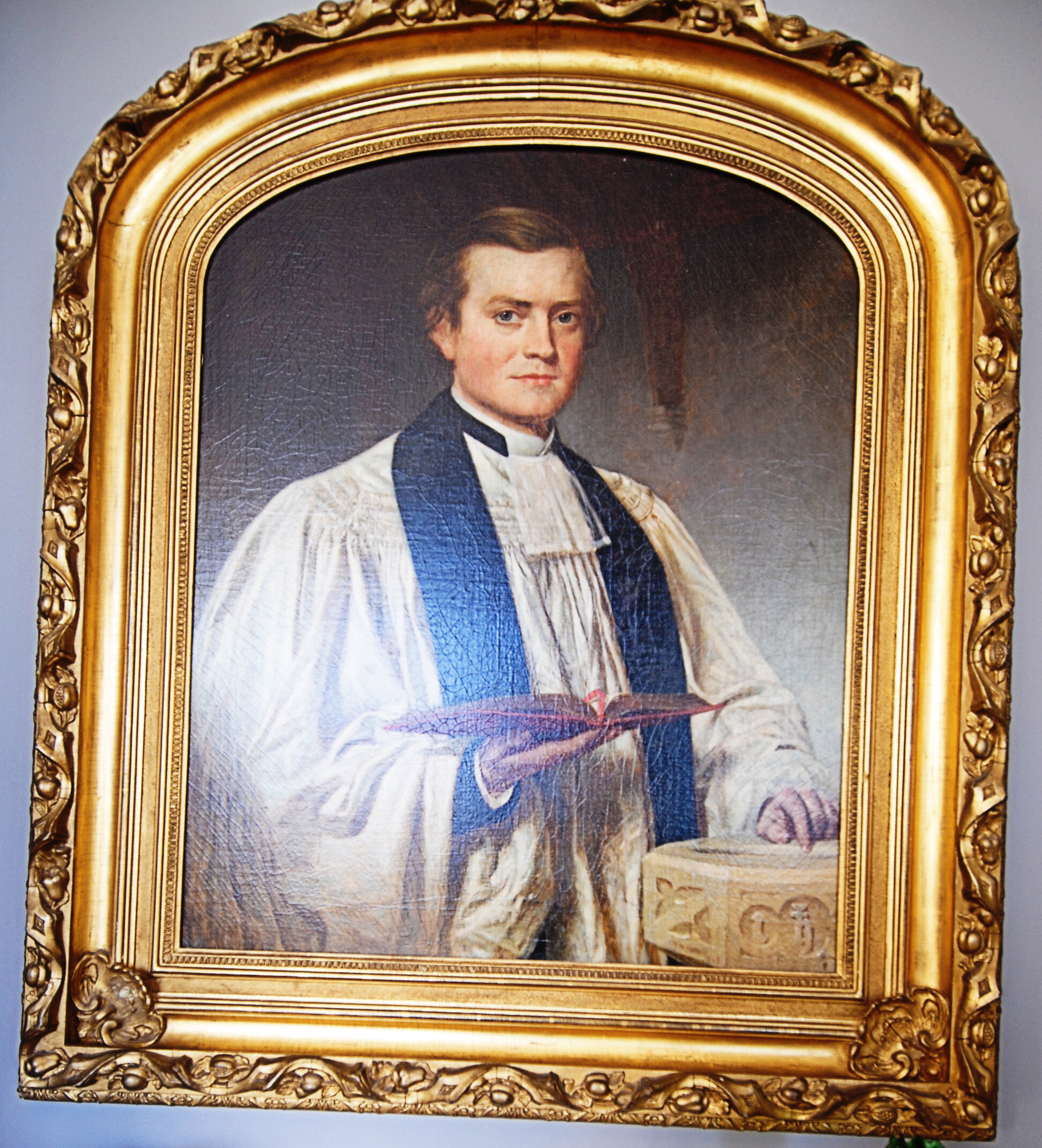by Linda Mann, March 21, 2023
It was a perfect fall night for camping under the sky – clear, cool and dry. My friend and I settled in our sleeping bags on a slight incline with our feet against a log. We camped in hilly woods below Raleigh, in Smith County, Mississippi, on private property far away from towns. The woods were beautiful that day. We rode our horses all afternoon to make camp in time for supper cooked over a fire. Darkness came early under tall trees, and two tired campers welcomed it.
A large pack of coyotes tore through the hollow below us and ripped the quiet forest with their yipping and yapping. I still heard them as they ran farther away. Soon, all was quiet again, and I slid deeper into my sleeping bag for the night.
Forest sounds – water droplets, an insect’s buzz, an armadillo or racoon scratching around the little creek below us. The horses were quiet, but they shifted occasionally. A bird flew off a branch near us. Soon, these little noises began to lull me to sleep, but when they stopped all at once, my senses quickened to wide awake. Something was coming.
I heard someone approaching from a distance – a big man walking heavily and taking very long strides. In only a few steps he walked right up to me in the dark (our little fire was out!) He stopped next to my head. I heard steady, robust breathing.
I count only about three times in my life when I was so frightened that I could not move. This was one of them. I was too afraid to turn my head, too scared to move or even breathe lest I attract attention. My mind raced ahead to tomorrow’s headlines: COUPLE FOUND MURDERED IN THE WOODS BY MYSTERIOUS GIANT!
As I held my breath and awaited my fate, the intruder suddenly strode off at an abrupt right angle and was gone in a few steps. I felt deep in my gut that the giant decided to leave us alone instead of smashing us. When he was gone, I woke my friend up. He’d slept through the whole thing. He was sure I’d heard a deer. Giant, two-legged deer indigenous to Smith County? What the heck?
“I heard a huge, loud, two-legged animal walk right up to me in the dry leaves!” I told him.
“This is private property, and there’s no one else around,” he said.
“Well, there’s a big guy in these woods somewhere!” I insisted.
Since then, I’m much more interested in the possibility of an unidentified, highly intelligent primate living in remote areas. Yeti, Sasquatch, Skunk Ape, Bigfoot. I’ve noticed that in hundreds of sightings around the world, the creature stalks, frightens, chases, screams, howls, smells terrible, builds shelters, leaves gifts, knocks wood and throws rocks. Mostly, it hides and runs away. I don’t know of any attacks on humans. Oh, there are ancient stories about Bigfoots carrying off children – very effective in keeping the kids close to home and out of the woods. Bigfoot may be the original Bogeyman!
Bigfoots may be mostly nocturnal. They are carnivorous. They are communicative with their kith and kin. They are intelligent. Most people think that Bigfoot sightings in North America occur mainly in Alaska, the Pacific Northwest and Appalachia. I now find in my research that Smith County, Mississippi, is a hotspot of Bigfoot activity; furthermore, coyotes and Bigfoots may hunt together in symbiotic relationships! Our campsite was a pretty good location for finding Bigfoot. What?
That’s not all – I am gobsmacked to discover that people see Bigfoot in Mississippi all the time! Who knew?
MISSISSIPPI WAS FIRST
Many believe that according to the historical record, the very first documented case of a Bigfoot sighting in North America took place near Natchez, Mississippi, in 1721.
French explorer and priest Pierre François-Xavier de Charlevoix made a journal entry on December 25, 1721, that described his first night staying with the Natchez Indians. He wrote that there had been “a great alarm about nine o’clock in the evening.”
The Natchez told him that it was caused by “a beast of an unknown species, of an extraordinary bulk, and whose cry did not in the least resemble that of any known animal.”
The beast carried off some sheep and calves. The priest tried to convince the people that it was a wolf, but they were sure it was not a wolf, but a “monstrous beast.”
The Chatawa Monster (see the Mississippi Folklore’s The Chatawa Monster for more details)
The Chatawa Monster is a famous tale about a circus train that derailed in the Tangipahoa swamp near Chatawa freeing a ferocious half-man, half-ape hybrid who roams the area to this day. There are nearly as many stories of derailed circus trains freeing beasts to terrorize swampy communities as there are swampy communities with train tracks. Could these simply be legends to rationalize the presence of real Bigfoots?
On SuperTalk Mississippi, Don McDonald, of the Gulf Coast Bigfoot Research Organization (GCBRO), related an experience he had at twelve years of age with found evidence of a beast in the woods. He came across a dead, 200-pound hog with its hind legs broken. Next to it was a tree with one of the hog’s ribs embedded in it. The hog had been slammed into the tree by its legs so hard that its rib broke away! Years later in 2012, he saw a Bigfoot, “not a bear,” that was 7 -71/2 feet tall.
In 2014, Peyton Lassiter found a large animal footprint in an abandoned Vicksburg playground and made a plaster cast of it. He invited David Childers, co-founder of the Delta Paranormal Project, also from Vicksburg, to see it. Coincidentally, Childers previously saw a grayish-brown creature with a shaggy coat run through the woods near the place where Lassiter found the footprint. The footprint cast trapped grayish-white hairs from the animal and showed ridges, unlike bear prints, which have no white hairs or ridges as primates do.
In June of 2016, at the tenth annual Down South Bigfoot Rally in Hattiesburg, the host Don McDonald of GCBRO spoke of his twenty years tracking Bigfoot while simultaneously being called crazy. “It has become a nuisance animal.” McDonald said about Bigfoots in the area. It kills pets and farm animals – even cows. It beats on people’s houses and frightens them!
In 2021, local organizers Brandon “Gator Man” McCranie and Jimmy “JimBob” Allgood threw a Bigfoot Birthday Bash in Natchez to commemorate the 300th birthday of that first recorded event in 1721. The weekend festivities included Bigfoot movies, bands, a casino event, a Barbeque Cookoff, 5K run, kids’ activities, and a lecture series featuring three well-known Bigfoot experts M.K. Davis, Dr. Jeff Meldrum, and Todd Standing. Other states throw annual Bigfoot Bashes to celebrate the great tourism attraction the big guy creates and for a perfect excuse for a party!
Meanwhile, native Americans, including the Choctaws of Mississippi, hold close their stories of big black monsters in the woods that have been passed along since the people emerged from the mother mound.
In January 2021, Finding Bigfoot on Animal Planet traveled to Jackson, the capital of Mississippi, for a town meeting where about 40 people from southeastern Mississippi reported experiences with the big critter. They were thrilled at a local recording of a “big male howl.” The familiar howl occurs at about the same time each year in the same area, so it may be linked to mating behavior.
An attendee reported a tall, dark, upright, hairy animal that walked from behind her barn and easily stepped over her fence without breaking stride before disappearing into the woods. Earlier, more coyotes than usual were noisily active in the area.
Another attendee described finding a pile of 26 deer legs in the woods! Someone else witnessed an animal jump down from a tree a few feet in front of him. It had a human-like face, dark, baby-fine hair all over its body, and it was about five feet tall.
Several others described face-to-face encounters with huge hairy primates ranging in height from five to seven feet. One animal was a female found shaking an empty trailer. As she walked away, she turned and screamed. The witness said he’d heard that sound a lot and believes there are many such creatures in the area – perhaps families of them.
BIGFOOT HERITAGE
Some believe that Bigfoot could be a relict population of one of several extinct apes including Gigantopithecus blacki, Paranthropus robustus, Neanderthal, Homo erectus, or Homo heidelbergensis. No trace evidence of any of these species exists in North America, however. A few black bears (200-250) live here, but no other bears, such as grizzlies, do. Most experts say that Bigfoot sightings are cases of mistaken identity. Bears walk upright and exhibit some of the same behaviors as Bigfoot, but they don’t run bipedally, swinging their arms, as humans do.And black bears have big ears.
The greater scientific community maintains there are simply not enough resources in nature to sustain a breeding population of large North American primates. Meanwhile, Bigfoot sightings continue.
In a National Public Radio interview, Jane Goodall, world-famous primatologist, joked, “Well, now you will be amazed when I tell you that I’m sure that they exist,” adding, “Well, I’m a romantic, so I always wanted them to exist.”
Later, in a Huffington Post interview, she said, “Of course, it’s strange that there has never been a single authentic hide or hair of Bigfoot, but I’ve read all the accounts.”
How do we explain a creature that cannot exist, yet appears frequently to people around the world? How does Science convince us that this ancient story is mythology while rational citizens encounter the “myth” face-to-face somewhere every day?
One thing is certain. Until physical evidence of Bigfoot appears, Bigfoot remains the stuff of folklore. I could have reached out and touched the “folklore” that scared me nearly to death that night in the woods in Smith County. It remains a great mystery in my life today.
References:
BIGFOOT IN MISSISSIPPI?: https://www.magnoliastatelive.com/2021/10/30/did-bigfoot-once-roam-the-mississippi-woods-man-uncovers-300-year-old-sighting-planning-bigfoot-bash-to-celebrate/
BIGFOOT ON WIKI: https://en.wikipedia.org/wiki/Bigfoot
SUPERTALK:https://www.supertalk.fm/man-recalls-bigfoot-encounters-
VICKSBURG FOOTPRINT: Is this Bigfoot’s footprint? Men discover evidence of mysterious six-foot-tall creature in Mississippi woods | Daily Mail Online
GCBRO RALLY: Bigfoot hunters gather in Hattiesburg (wdam.com)
FINDING BIGFOOT: https://www.youtube.com/watch?v=ZNSnxZzqFwk
BEARS: Information about Black Bears in Mississippi (msbear.org)















